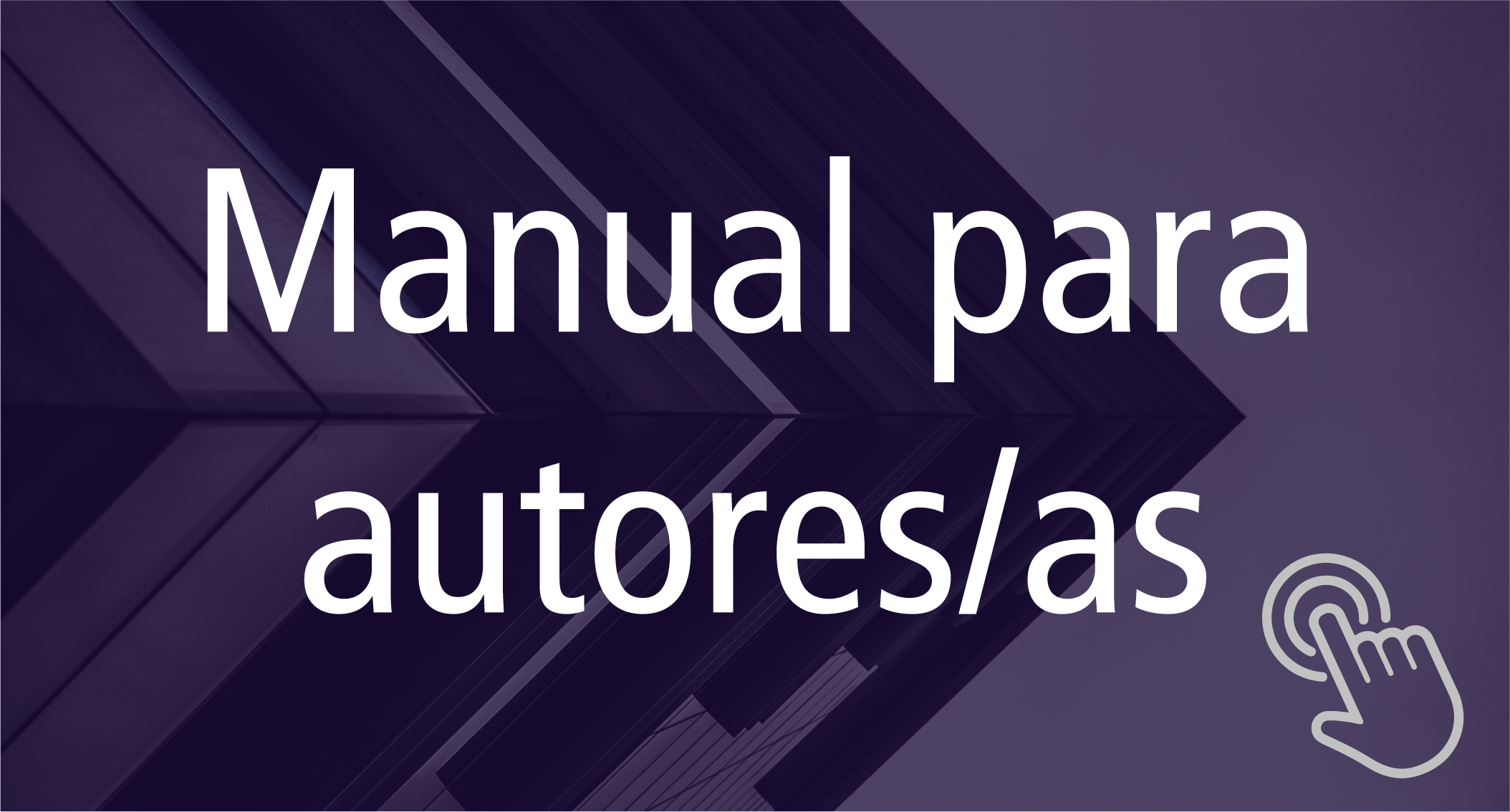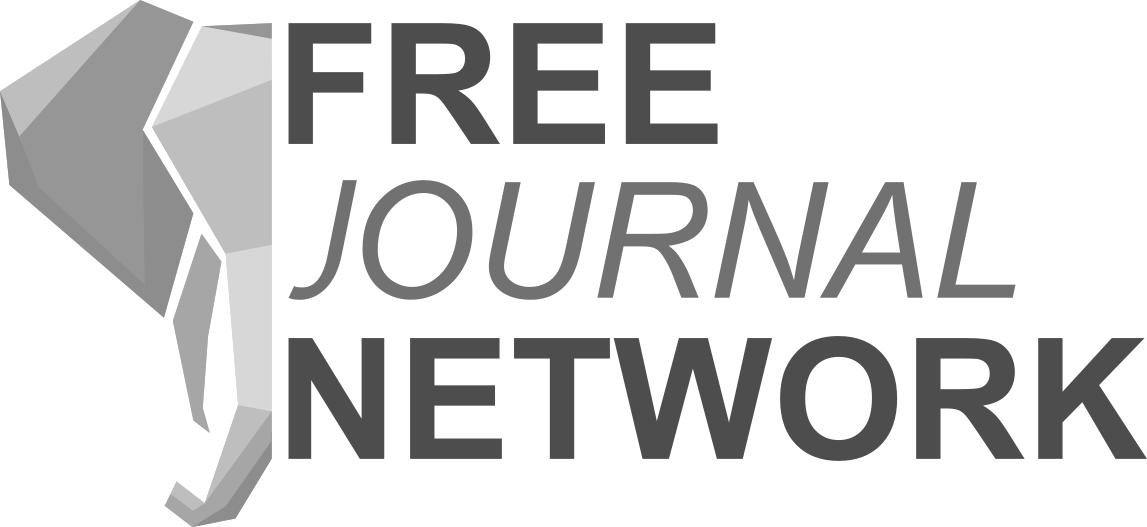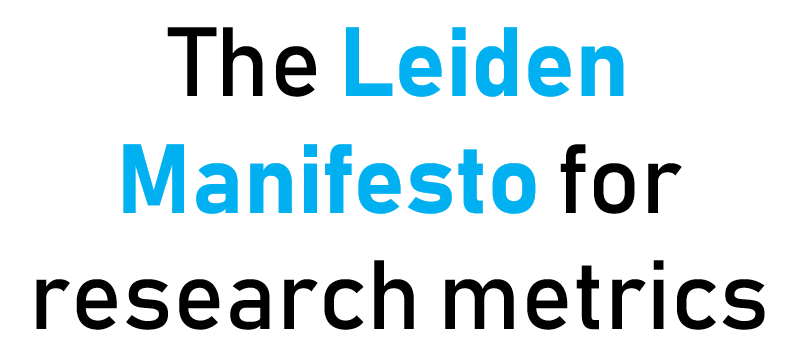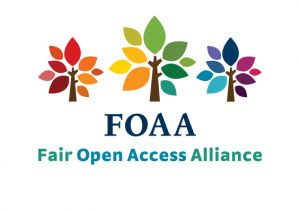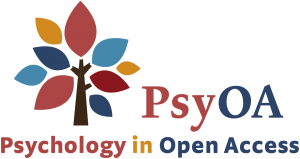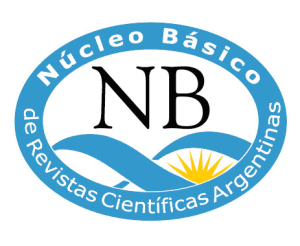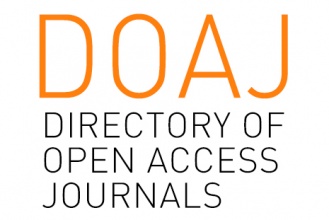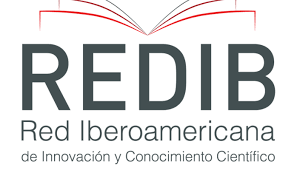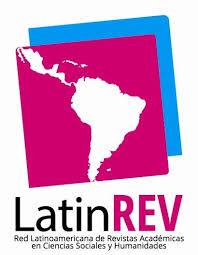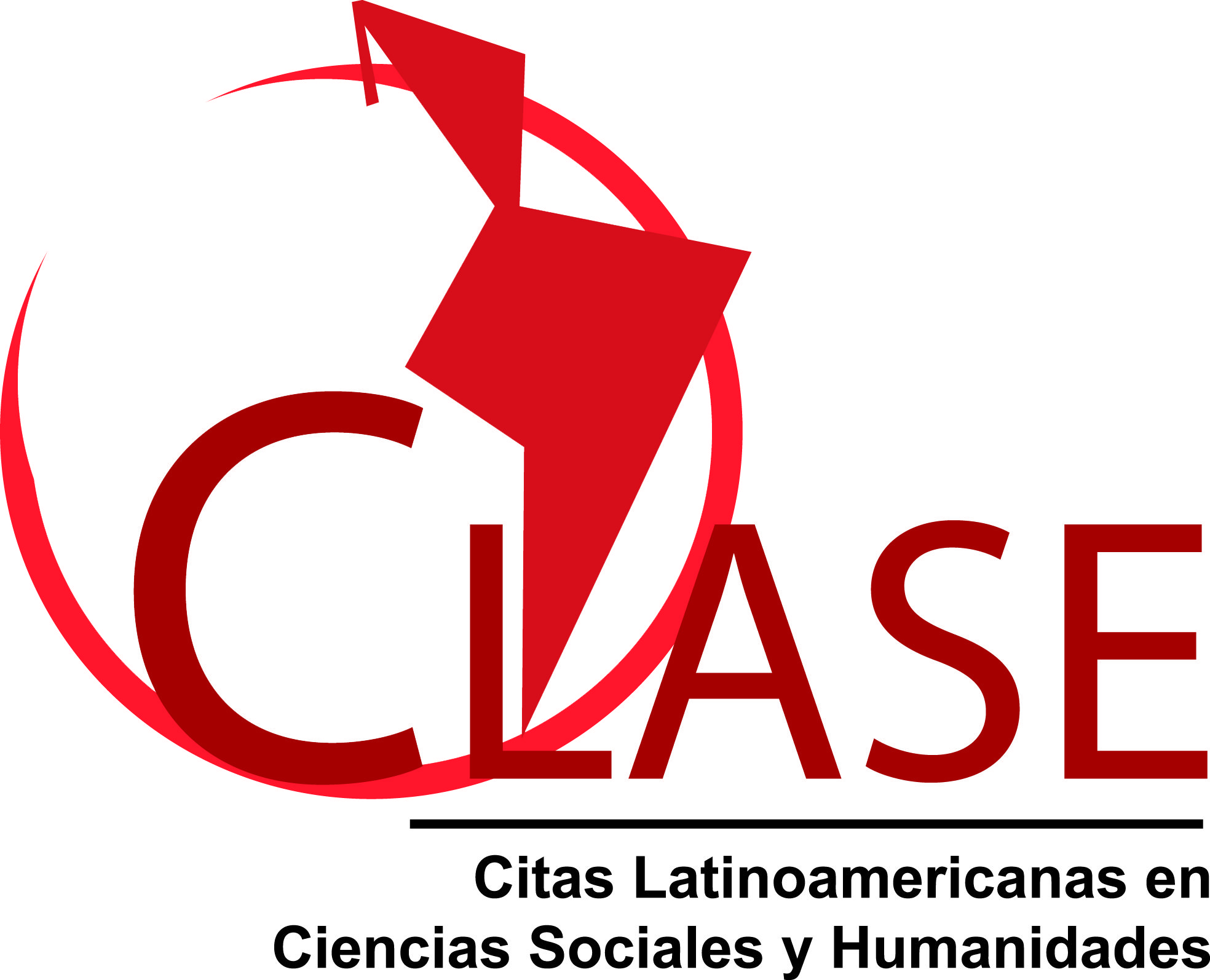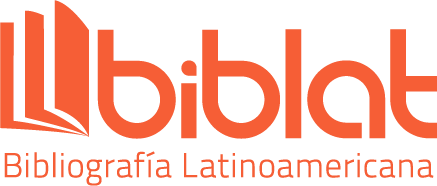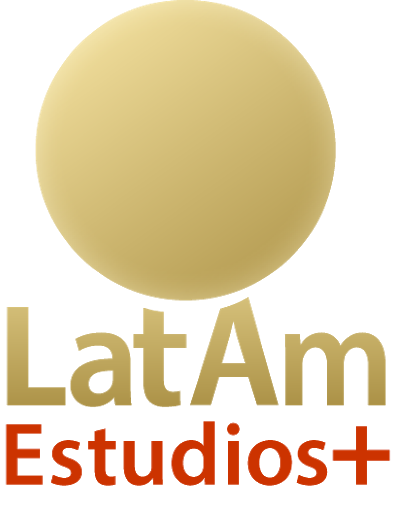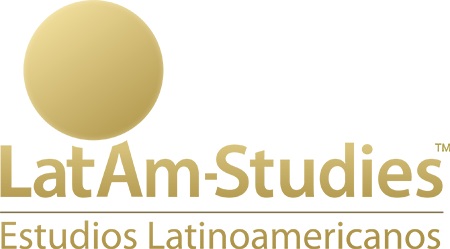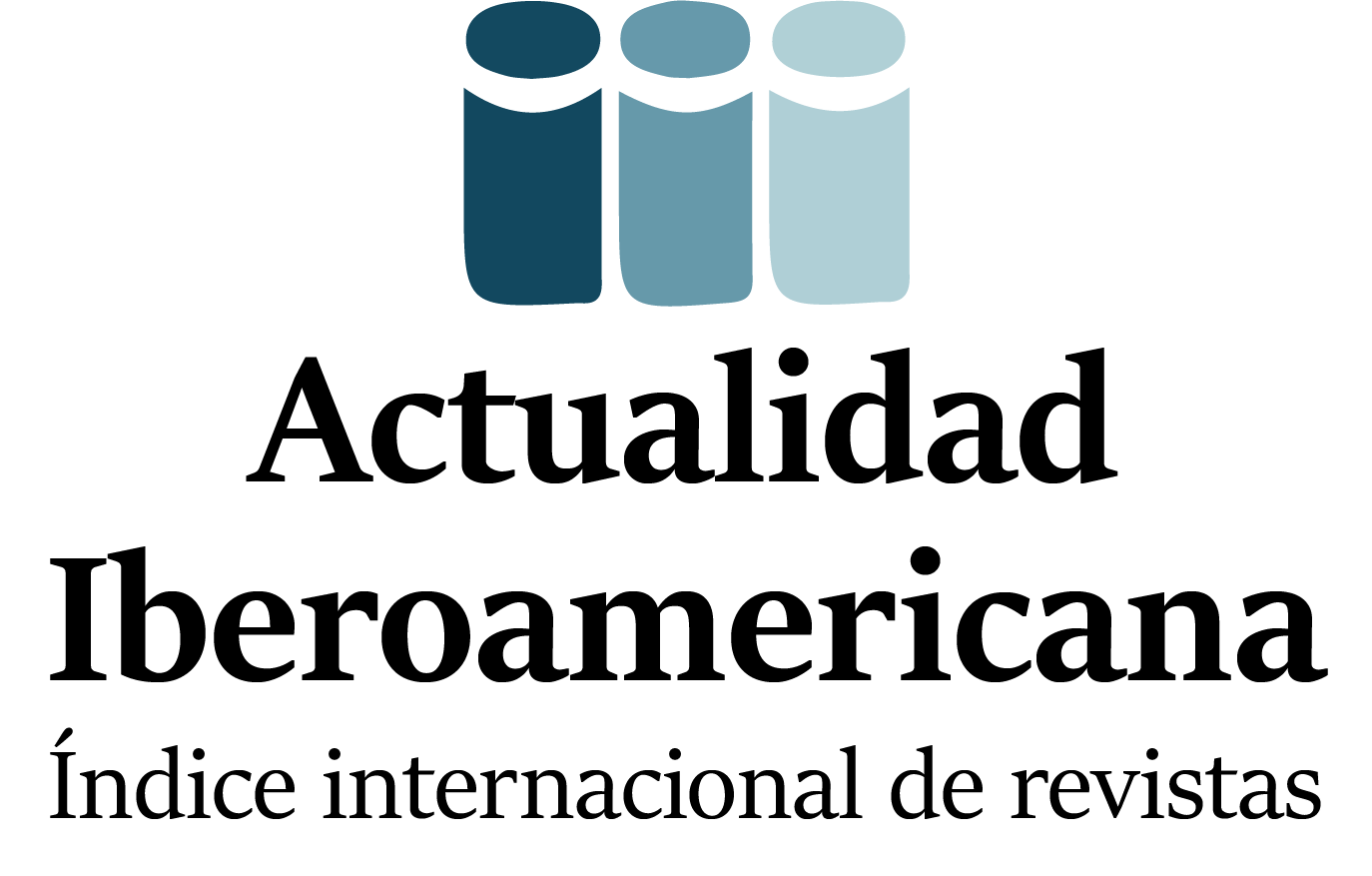Inmutabilidad y mutabilidad del símbolo: planteo para una comprensión semiológica del símbolo de Jung
Abstract
En el prólogo a sus Imágenes y símbolos, Mircea Eliade hace notar que hoy comprendemos algo que el siglo XIX ni siquiera podía presentir y es que el símbolo, el mito, la imagen, pertenecen a la sustancia inalienable de la vida psíquica y que ellos pueden "camuflarse, mutilarse, degradarse, pero jamás extinguirse" (1956:11). Confirma así, en forma sintética y clara, lo que Kerenyi en su colaboración con Jung, había expresado, refiriéndose a la persistencia' de las imágenes de los dioses griegos: "Como psicólogos, podríamos subrayar —dice— que la veracidad de los dioses griegos es siempre una realidad que surge en el alma; podríamos agregar, como historiadores, que la realidad psíquica de tal veracidad —como la de toda verdad— varía con el tiempo; podríamos, partiendo del conocimiento de todo lo viviente, calificar las variaciones de esta fuerza, de muerte natural: la estructura interior, persuasiva en sí, de las imágenes de los dioses griegos, queda inquebrantablemente firme fuera de los límites del tiempo". (1953: 129).Downloads
Download data is not yet available.
Metrics
Metrics Loading ...
Downloads
Published
2014-10-11
How to Cite
Lapidus de Sager, N. (2014). Inmutabilidad y mutabilidad del símbolo: planteo para una comprensión semiológica del símbolo de Jung. Journal of Psychology, 4. Retrieved from https://revistas.unlp.edu.ar/revpsi/article/view/1015
Issue
Section
Research articles
License
![]()
Authors who publish in this journal accept the following conditions:
- Authors retain the copyright and assign the right of first publication to the journal, with the work registered under a Creative Commons attribution license (CC-BY), which allows third parties to use what is published whenever they mention the authorship of the work and the first publication in this magazine.
- Authors can make other independent and additional contractual agreements for the non-exclusive distribution of the article published in this journal (e.g., include it in an institutional repository or publish it in a book) as long as they clearly indicate that the work was published for the first time in this magazine.
- Authors are allowed and encouraged to publish their work on the Internet (e.g., on institutional or personal webpages) before and during the review and publication process, as it can lead to productive exchanges and greater and faster dissemination of published work (see The Effect of Open Access ).

